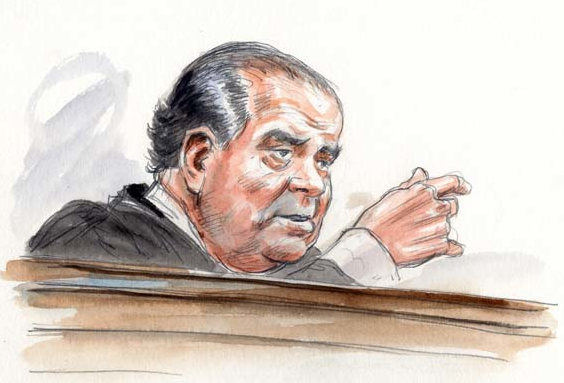Decade in review: Justice Antonin Scalia’s death and the Republican delay in filling the seat


On February 13, 2016, 79-year-old Justice Antonin Scalia died at a ranch in Marfa, Texas. That night, Sen. Charles Grassley, R-Iowa, who was then the chairman of the Senate Judiciary Committee, and Senate Majority Leader Mitch McConnell, R-Ky., both declared that the Senate should not act on any new nomination for a Supreme Court justice until after the presidential election in November 2016. It has been “standard practice,” Grassley said, “over the last nearly 80 years that Supreme Court nominees are not nominated and confirmed during a presidential election year.” “Given the huge divide in this country,” Grassley continued, and the fact that then-President Barack Obama, “above all others, has made no bones about his goal to use the courts to circumvent Congress and push through his own agenda, it only makes sense that we defer to the American people who will elect a new President to select the next Supreme Court Justice.”
Despite Grassley’s and McConnell’s pronouncements, on March 16, 2016, Obama nominated Chief Judge Merrick Garland of the U.S. Court of Appeals for the District of Columbia Circuit to fill the vacancy left by Scalia’s death. The then-63-year-old Garland is a former prosecutor and a moderate who is widely respected on both sides of the aisle, but that wasn’t enough to get him a hearing, and his nomination expired in January 2017 without a vote.
Meanwhile, in May of 2016 then-presidential candidate Donald Trump released a list of potential nominees that he said he planned to use “as a guide to nominate our next United States Supreme Court justices.” The list, which was the product of close collaboration with the Federalist Society and Heritage Foundation, helped to reassure conservative voters about Trump’s candidacy, and after his election Trump went on to choose from the expanded version of the list to fill the Scalia vacancy: On January 31, 2017, Trump nominated 49-year-old Neil Gorsuch, then a judge on the U.S. Court of Appeals for the 10th Circuit, to succeed Scalia. Gorsuch was confirmed a little over two months later, retaining the seat as a conservative one; had Garland been nominated and confirmed instead, the court would have had five justices nominated by Democratic presidents, at least for the foreseeable future.
Posted in 2010-2019 Decade in review
